
THE POUF
Léonard Autié (Monsieur Léonard) was the imaginative 18thcentury hairdresser responsible for creating the wildly elaborate coiffures of Marie Antoinette. The Rococo hairstyles he concocted during her heyday were called poufs, and several of the fantastical coifs he whipped up for her rose 36 inches or more from the top of her head. In her offbeat and whimsical Encyclopedia of the Exquisite, Jessica Kerwin Jenkins describes one of Autié’s first important hairstyles for Marie Antoinette, the pouf d’ inoculation - a celebration of Louis XIV’s vaccination: “a rising sun and a serpent holding a club as he shimmied up an olive tree nestled into her hair. The sun symbolized the king. The olive tree stood for peace. The slinky serpent represented medicine, with its club to clobber disease.”

A Léonard Autié confection
Autié had been a young barber from the provinces who found his way to Paris with not much more than a shell comb to his name. He quickly made a reputation for himself as a stylist working in the theater. By the end of his life he could look back with satisfaction, having been the premier hairdresser in France before the overthrow of the monarchy, establishing a hairdressing academy and studio, operating the first theater in the country to produce Italian operas year-round, and, no less an accomplishment, having gotten out of France with his head intact once the revolution came.
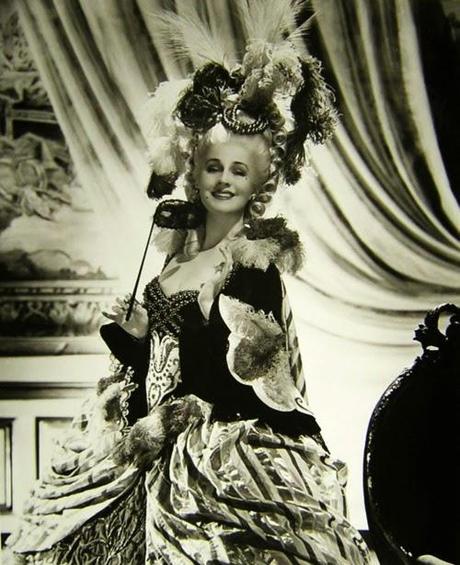
Norma Shearer as Marie Antoinette
In 1938, MGM released the extravagant historical epic Marie Antoinette, a big-budget film planned and prepared for his wife, Norma Shearer, by Irving Thalberg. The task of crafting hairstyles for Shearer in the title role fell to Sydney Guilaroff, MGM’s foremost hairdresser, the man who took over coiffing many of the studio’s top leading ladies beginning in 1934. Guilaroff studied French history in preparation for the project and, in the course of working on the film, supervised the creation of over 2,000 court wigs and made use of practically all of MGM’s supply of hairpieces. Nearly 60 years later he would recall in his memoir that at the premiere of Marie Antoinette he heard gasps ripple through the audience during certain close-ups and that “many uttered the words “beautiful” and “marvelous” during a scene in which an actor wore a wig dressed with a birdcage at the top, with what appeared to be a live bird inside. When the actor secretly pulled a hidden cord, the bird chirped!”
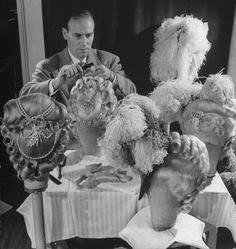
Sydney Guilaroff at work on Marie Antoinette (1938)
It was following Marie Antoinette’s release that Guilaroff finally began to receive what he had originally been promised by MGM, a screen credit for every film he worked on - a first for Hollywood’s hairstylists.
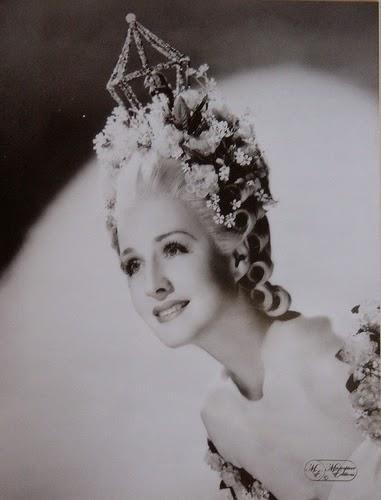
Another Guilaroff coiffure for Norma Shearer as Marie Antoinette
In the late 1950s a soignée updo that known as the "French twist" or "French roll" emerged and started a trend. By no means as exaggerated as the original pouf at first, the look became increasingly "bouffant" over time, finally transforming into a towering upswept mass called the "beehive."
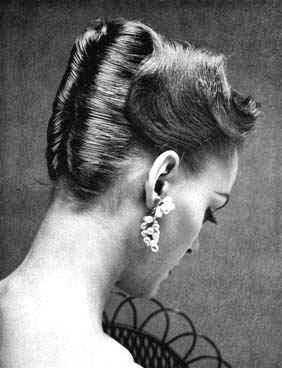
One version of the "French Twist," circa 1957

Audrey Hepburn's ultra-chic "twist"/"beehive" in 1961's Breakfast
at Tiffany's (hairstyles supervised by Nellie Manley)
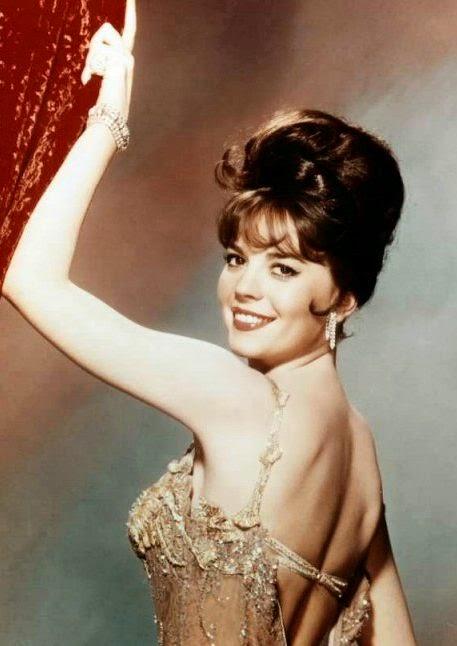
Sydney Guilaroff styled an elegant "beehive"
for Natalie Wood for Gypsy (1962)
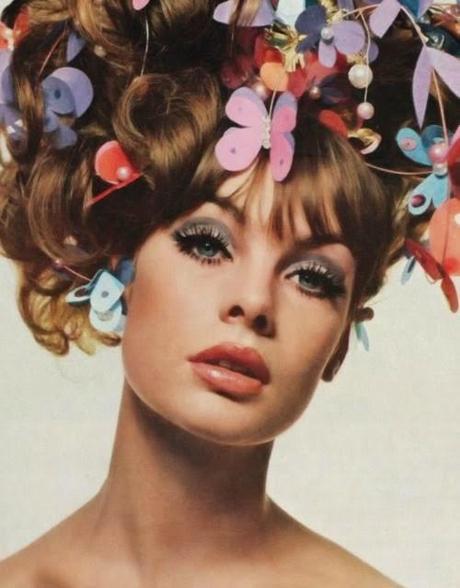
'60s super-model Jean Shrimpton wears a "butterfly" updo
Marie Antoinette herself would have envied
THE BOB
It is iconic rebel Louise Brooks who most often comes to mind when contemplating the origins of bobbed hair, and Sydney Guilaroff claimed to be the man behind Brooks's modish cut. As he remembered it, he was a youthful stylist - still in his teens - at the time, and was the hairdresser to whom the young dancer/starlet was assigned when she came to the salon in New York's Hotel McAlpin for a new 'do. Guilaroff recalled that Brooks asked for "something different." What she got was a coiffure with the back snipped short to match the sides that came to be known as the "shingle."
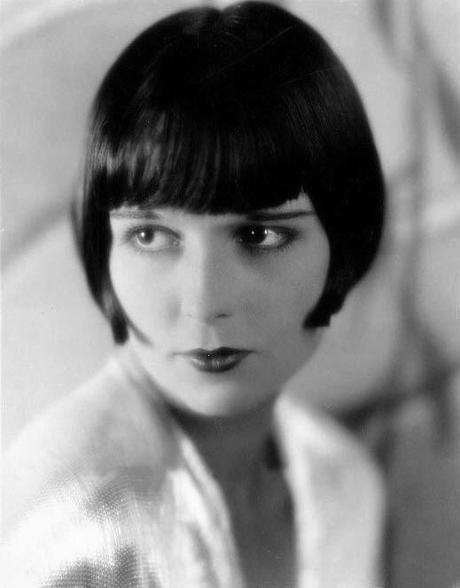
Louise Brooks
There has been some dispute among classic film fans about which actress popularized the bob on the silver screen. Colleen Moore aficionados assert that Brooks had the cut first but that Moore, the bigger star then, launched the bob's popularity. Others point out that Mary Thurman was the actress who brought the look to the screen before anyone else in Leap Year (1921). However, that film went unseen in the U.S. for decades because its star/director, Fatty Arbuckle, had just become embroiled in the scandal that ultimately destroyed his career.

Colleen Moore
Jessica Kerwin Jenkins also probes the origins of bobbed hair in her encyclopedia/"anecdotal history of elegant delights." Beginning with a passage from F. Scott Fitzgerald's 1920 short story, "Bernice Bobs Her Hair," she next makes reference to an earlier decade and "eurhythmic dancer" Caryathis (nee Elisabeth Toulemont), a young woman who "lopped off her tresses in a fit of heartbreak in 1913." Designer Coco Chanel was a student of the French dancer, and Jenkins suggests that she was prompted by her instructor's dramatic act to crop her own mane. It's possible, though, that Chanel may also have been inspired by the "Castle" bob...
In 1915 famed ballroom dancer Irene Castle snipped
her long hair up to her ears for the sake of convenience
- and created a sensation with the "Castle" bob

Coco cuts her hair: styled traditionally at left, bobbed at right
The classic bob also enjoyed a revival during in the 1960's. Barbara Streisand was one of several singers of the time (many of them "British Invasion" stars) who popularized the updated look...

Barbra Streisand's "poufy" bob
(photo by Milton Greene)
Vidal Sassoon's severely modern "five-point" cut of the mid-'60s recalled the "shingle" of the 1920s.
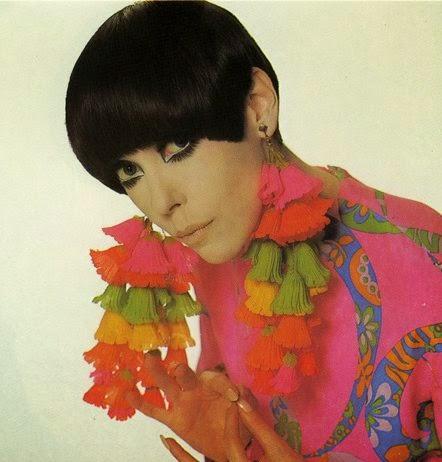
'60s model Peggy Moffitt was synonymous with Sassoon's "five-point" cut
When Liza Minnelli was initially cast in the star-making role of Sally Bowles for Bob Fosse's soon-to-be-Oscar-laden Cabaret in 1972, she first thought of Marlene Dietrich as a possible model for her character, a Weimar-era Berlin chanteuse. But Liza's father, Vincente Minnelli, told her there had been others who were as fabulous as Dietrich back in the day, and mentioned Louise Brooks. Liza "looked at the pictures and he explained to me about wanting to be different."
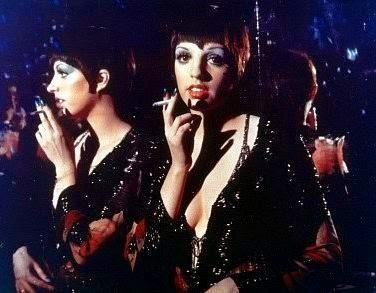
Liza's Cabaret "shingle"
SYDNEY
In 1996, Sydney Guilaroff's as-told-to autobiography (with Cathy Griffin), Crowning Glory, was published by the GPG Group. In his book, Guilaroff presents himself not only as the pioneering hair stylist he was, but also as an intimate of both moguls and stars, a force to be reckoned with and, at times, something of a prophet. Eventually, after noticing a factual error here and there, the reader begins to take some of his claims with a grain of salt...
The moment I saw the rushes for 1960's Tall Story, her first film, I whispered to her, "Jane, don't worry dear, you might even turn out bigger than your father. Just wait."
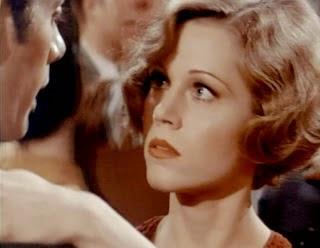
Jane Fonda, They Shoot Horses, Don't They? (1969), hair by Sydney Guilaroff
I learned that Fox was searching for a new Marc Antony. I advised Elizabeth to take a close look at the work of a Welsh actor named Richard Burton. "Take my advice," I urged, "he's the one."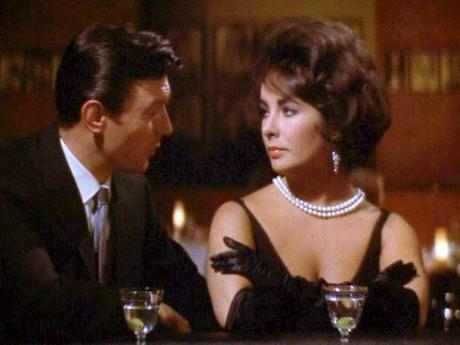
Elizabeth Taylor, Butterfield 8 (1960), hair by Sydney Guilaroff
On Saturday night, August 4, 1962, exactly eight weeks after Fox fired her, Marilyn telephoned me in despair...As I tried to calm her, it never occurred to me that I would be one of the last people to speak with her that fateful night.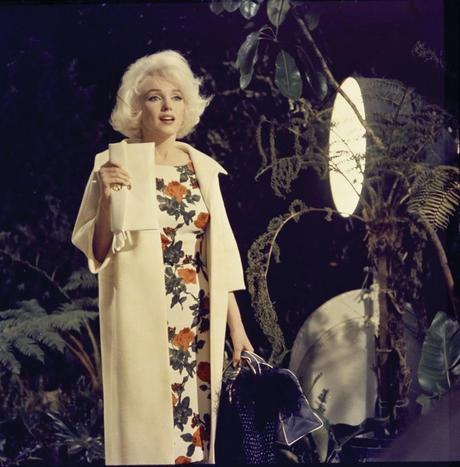
Marilyn Monroe, Something's Got to Give (1962), hair by Sydney Guilaroff
Whether one believes everything Guilaroff's chronical reports (passionate, more than casual love affairs with Greta Garbo and Ava Gardner?!?!) about his life in Hollywood, there's no denying his creative genius or his talent with a comb and scissors. From poufs to bobs and everything in between, he was a master stylist who fashioned countless unforgettable coiffures in the course of his 400+ film career, and it was to him Grace Kelly turned when she wanted her hair perfectly styled for her wedding to Prince Rainier of Monaco in 1956.Hair Designs by Sydney Guilaroff:

Crawford, Shearer, Russell: The Women (1939)
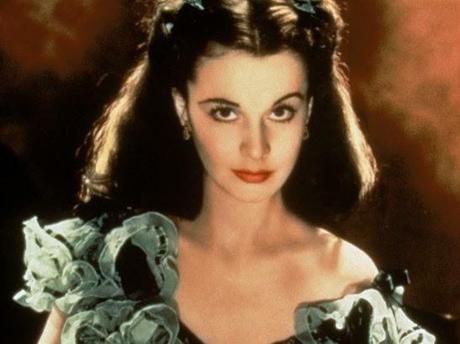
Vivien Leigh, Gone with the Wind (1939)
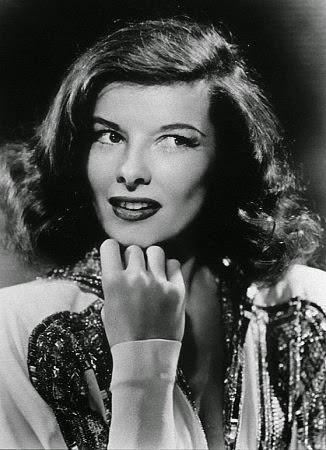
Katharine Hepburn, The Philadelphia Story (1940)
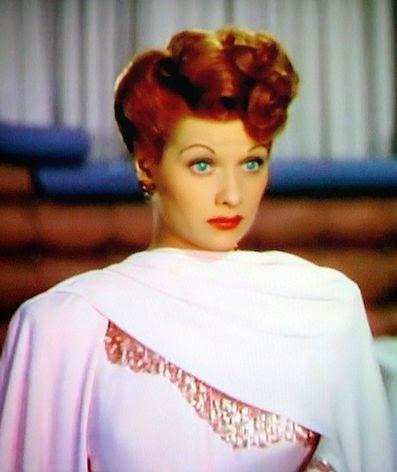
Lucille Ball, Dubarry was a Lady (1943)
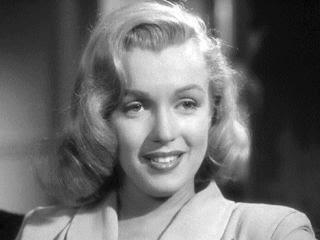
Marilyn Monroe, The Asphalt Jungle (1950)
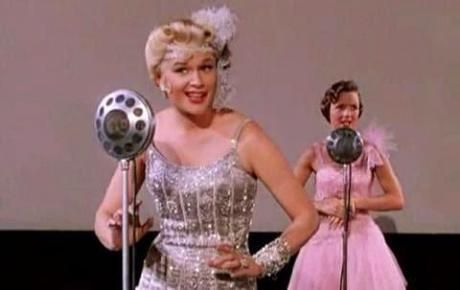
Jean Hagen, Debbie Reynolds, Singin' in the Rain (1952)
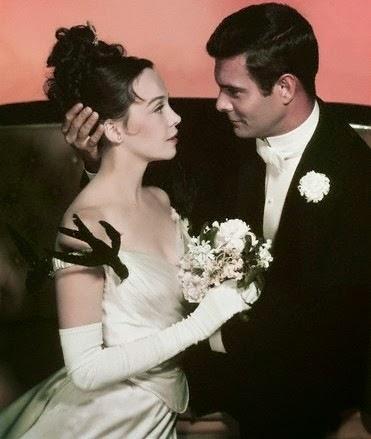
Leslie Caron (with Louis Jourdan), Gigi (1958)
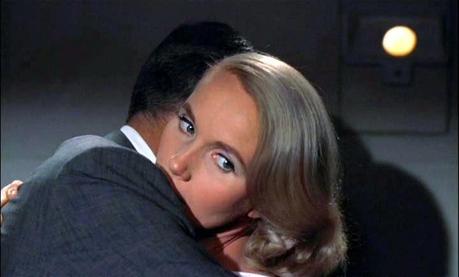
Eva Marie Saint, North by Northwest (1959)
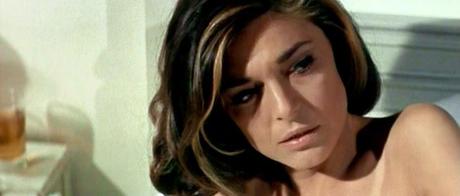
Anne Bancroft, The Graduate (1968)
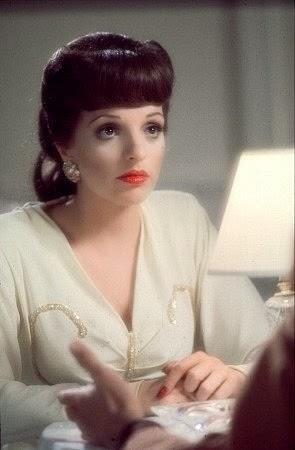
Liza Minnelli, New York, New York (1977)
Sources:- Encyclopedia of the Exquisite by Jessica Kerwin Jenkins (Nan A. Talese/Doubleday, 2010)
- Crowning Glory by Sydney Guilaroff with Cathy Griffin (CPG Group, 1996)
- Elle.com
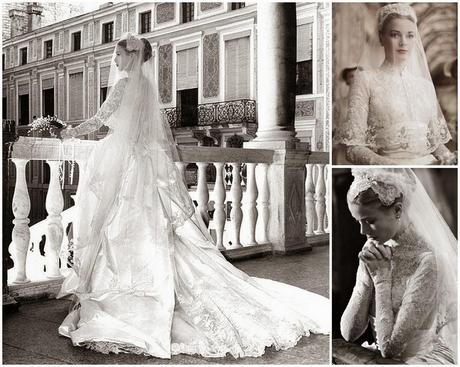
Grace Kelly becomes Princess Grace, her hair styled by Sydney Guilaroff

